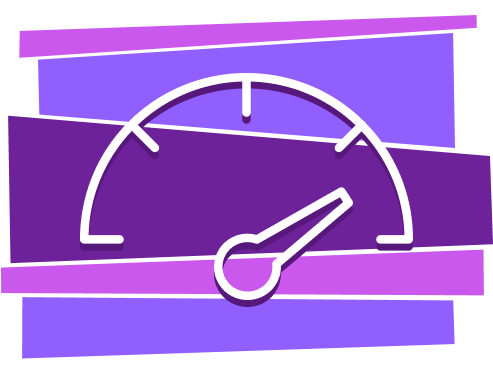While driving qualified leads is a critical goal of media campaigns, the two-tiered distribution model makes it difficult to track a user accurately through a sale. As a result, demonstrating the value of marketing activities, particularly those at the upper funnel, and their impact on sales poses a challenge.
While the focus had traditionally been on driving website traffic and generating appointment bookings, visibility along the path to purchase often diminished thereafter. Collaborating with the media team to understand the client’s highest priority questions about media performance, we identified an approach that blended elements of both bottom-up and top-down methodologies. This approach aimed to provide rapid answers to questions about the impact of different media channels and their interactions with each other.
Furthermore, for businesses like our client’s, customer journeys are substantially longer. Consideration for these nuances in customer paths to purchase must be accounted for when evaluating the marketing impact on leads or sales.
We decided to use a structural vector autoregression (SVAR) model, coined Funnel Geometry, which uses aggregate-level time-series data to analyze the dynamic relationship between variables over time.



This collaboration involved comprehensive discussions that incorporated insights from the business, media, and analytic perspectives. By reframing the model’s output into strategic and realistic media recommendations, we ensured that its findings aligned with the media planners’ goals.
The results derived from the Funnel Geometry model:
